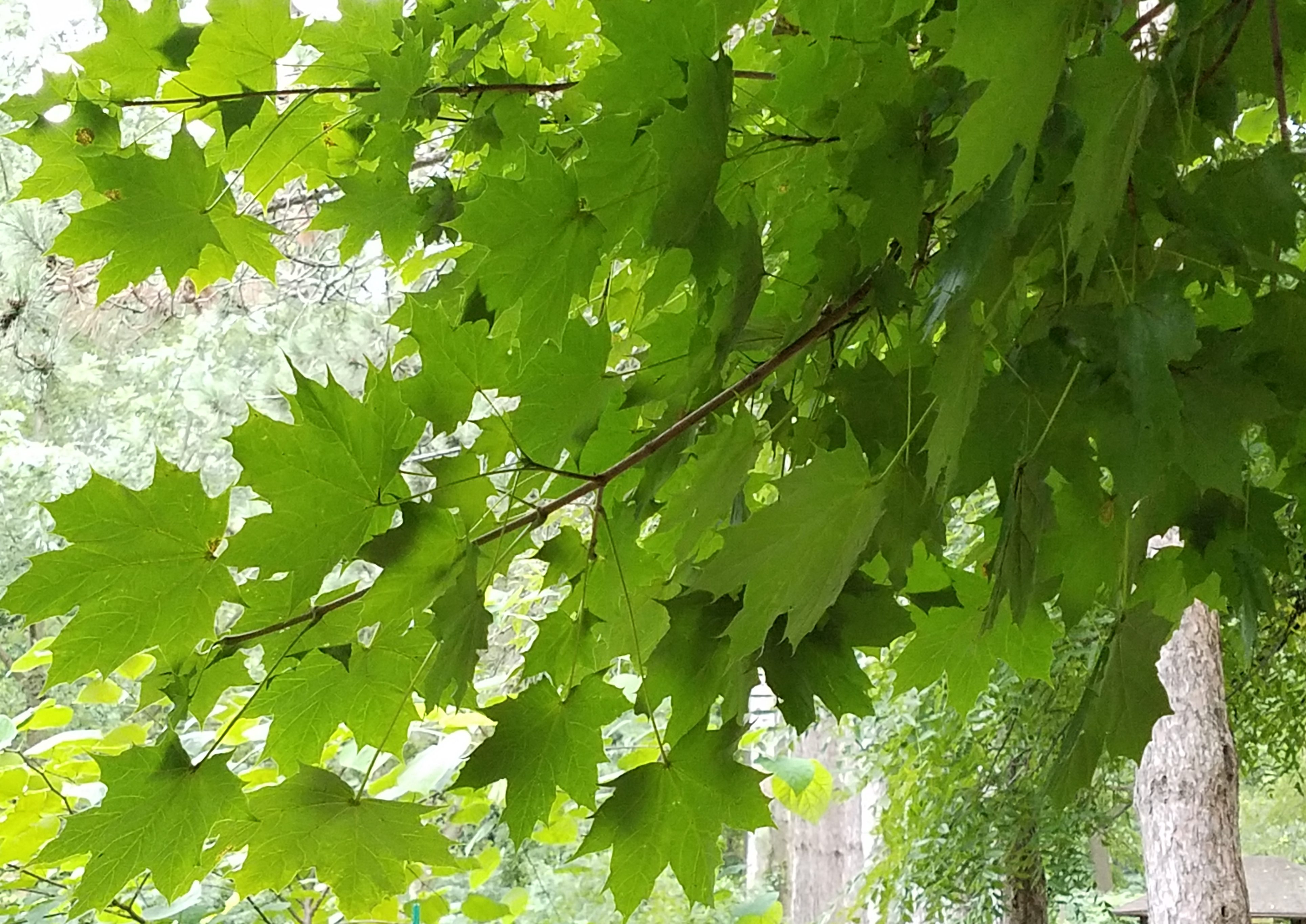
21 Aug Is a Feasibility Study Really Necessary?
By David Allen, Development for Conservation
Let’s say you need to raise some money for a specific project. You’re thinking capital campaign. Somebody asks you whether you’ve done a feasibility study. As you consider the question, several other questions come up.
Do we have to?
Aren’t feasibility studies expensive? Could we do it ourselves?
What if we – just – didn’t? What could happen?
Let’s start answering these questions by talking about capital campaigns first. Capital campaigns are fundraising sprints. They are commonly used to raise money for a project that is so enormous – or so much bigger than anything you’ve tried before – that it’s going to take a full-organizational effort to get there.
They are also useful when you have a number of smaller projects that can be thematically tied into a larger marketing whole. An easy way to see this is to picture five independent $50,000 projects. The chances of attracting a $60,000 gift for any one of them is zilch. But if you can tie them together into a $250,000 “Wetlands and Watersheds” campaign (as an example), attracting a $60,000 gift is far more likely.
Successful capital campaigns are built on successful major gift programs. You shouldn’t start a capital campaign because you need a major gifts program. You start a capital campaign because you have been working on cultivating your donors for months or even years. They have come to know and respect your board members, and your board members are actively engaged in the process.
You start a capital campaign because it’s time to put a larger vision on the table and to raise money in larger chunks within a concentrated period of time. It’s time to challenge that fundraising muscle you’ve been building.
The Feasibility Study, at least on its face, is an independent review of your fundraising program. Most of us accept independent review in academia and in finance. Asking an objective third-party to assess your fundraising program will have some of the same benefits. The process can seem intrusive and intimidating, but the results will likely be worthwhile.
Feasibility studies take a thorough look at your program both internally and externally. Internally, it’s an assessment of your people, including board members, your systems and processes, and your past fundraising results. Are you ready for a campaign? Are your communications systems up to the task? Are you responsive to your donors? Is your leadership engaged in donor cultivation? Do you have donors who are leading the way philanthropically?
Note that this internal assessment may be beneficial regardless of whether you are considering a campaign. If nothing else, these assessments provide baseline information against which to measure future progress and improvement. They can also recommend small changes that save time and money without compromising results. And in some cases, they can help redirect staff and volunteer time on the most productive efforts, like building a major gift program to get ready for a campaign!
Externally, the feasibility study takes a look at what else might be going on in the community – other campaigns for example, or big political distractions. The feasibility study also interviews donors. What do they think of the land trust? Where does land conservation fit in their philanthropic priority list? Will they support the campaign as envisioned?
Feasibility studies are expensive – $25,000 to $40,000, and most of the expense is in this external study.
Virtually, all of my professional experience has been with non-profit conservation organizations, and most of it has been with The Nature Conservancy and other land trusts. In that experience, the real capacity for raising capital funds nearly always exceeds that estimated by a feasibility study.
Donors captivated by a conservation vision but not having a history of supporting the organization through membership regularly account for a significant percentage of the final amount raised. (For this reason, conservation campaigns often include a marketing component near the end of the campaign specifically designed to build new membership.)
In this respect, capital fundraising for conservation projects differs from that for many other organizations with relatively well-defined natural constituencies, like schools and disease charities. Unless the goal is wildly optimistic for the local community, a conservation organization’s capacity to raise money will be related to internal factors much more than to external ones.
In fact, a full feasibility study is probably not necessary (beyond the Internal Assessment) for the purpose of determining feasibility alone.
So let’s get real. If your campaign goal is less than $500,000, a feasibility study would still be helpful, but probably not worth the cost.
However, feasibility studies are always recommended for campaign goals greater than $1M because there are other benefits that should not be discounted, such as:
- Feasibility studies prepare loyal donors for what’s coming, allowing donors to plan their philanthropy in advance;
- Feasibility studies boost the confidence of solicitors who may be veterans of multiple campaign efforts; and
- Feasibility studies test how the public views the organization and/or project.
In between is a gray area – a judgment call.
If the feasibility study prevents your organization from publicly failing against a specific target amount, the price is arguably worth it. And if you are successful, the feasibility study is a relatively small percentage of the total.
-da
Cheers, and have a great week.
-da
PS: If you have questions about capital campaigns or feasibility studies, call or email me. I can help.
PPS: Much of this material was originally posted on June 10, 2014.
Photo by Kate Allen.



Sorry, the comment form is closed at this time.